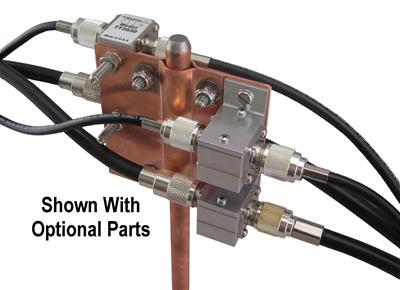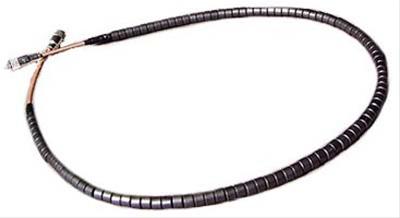I often see chokes being used with this antenna in an attempt to prevent common mode currents on the feedline. At the same time, I've often read the A99 uses the feedline as the "other half" of the antenna.
If the choke stops the coax from "radiating", has an important segment of the antenna been eliminated? And its efficiency reduced?
If the choke stops the coax from "radiating", has an important segment of the antenna been eliminated? And its efficiency reduced?



